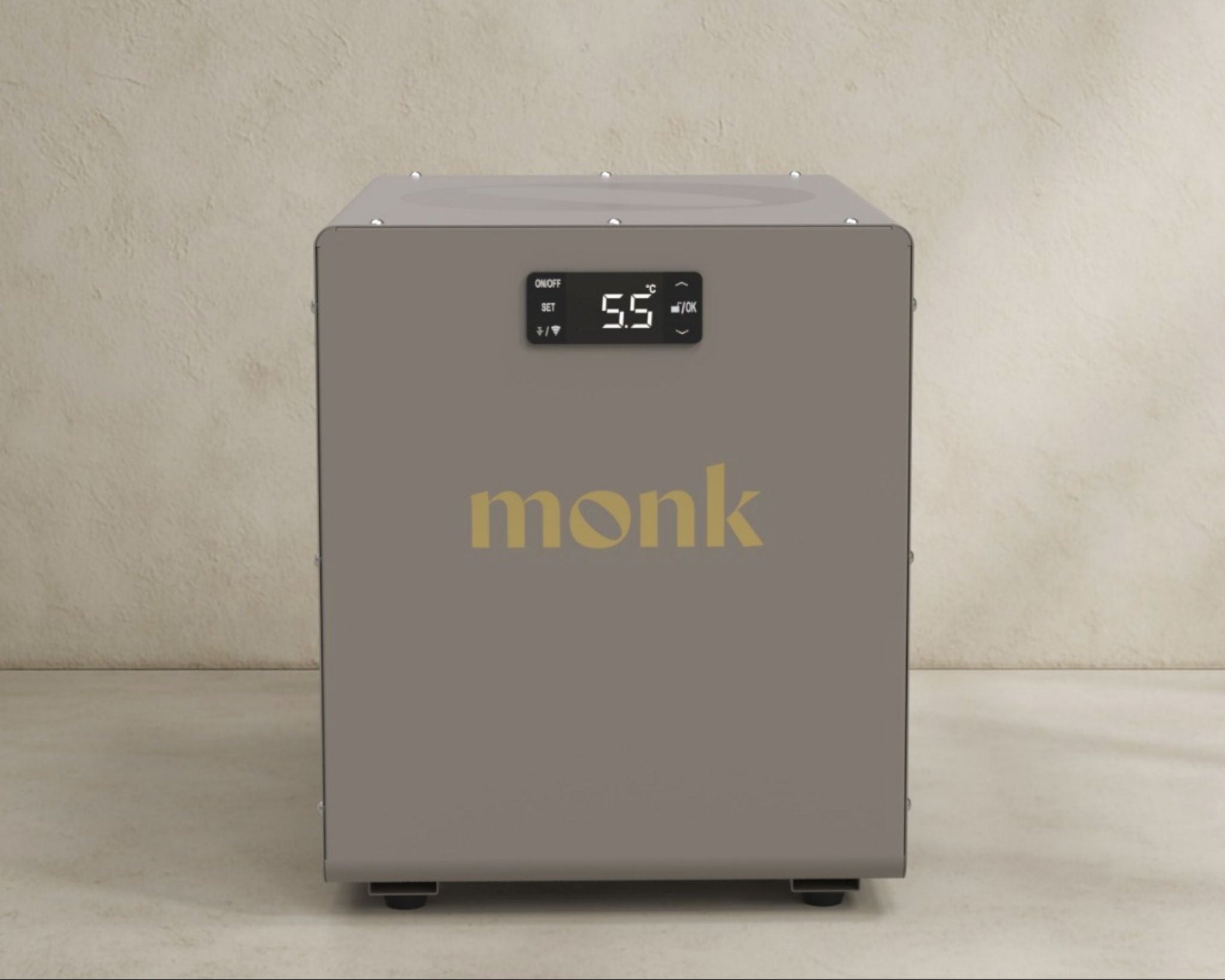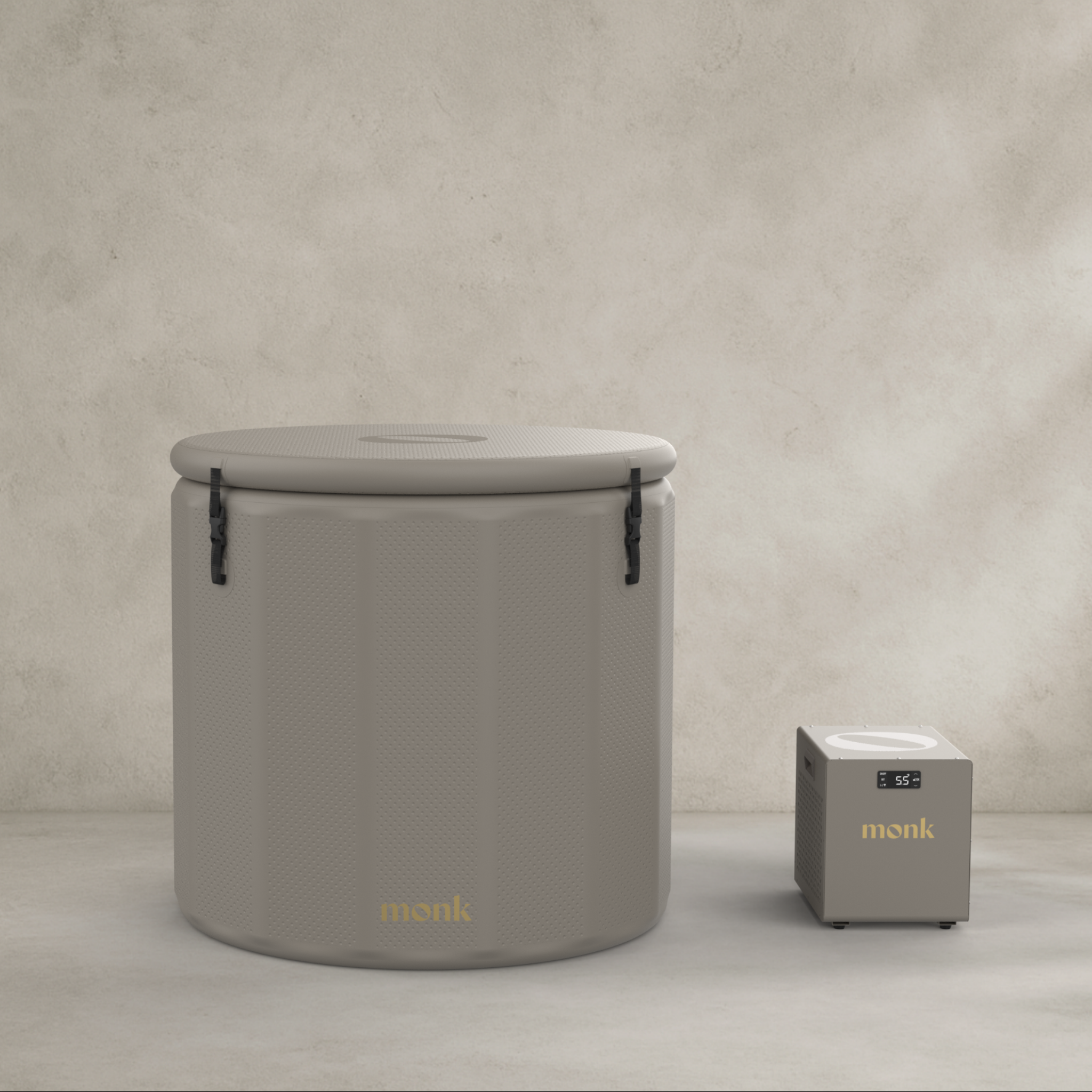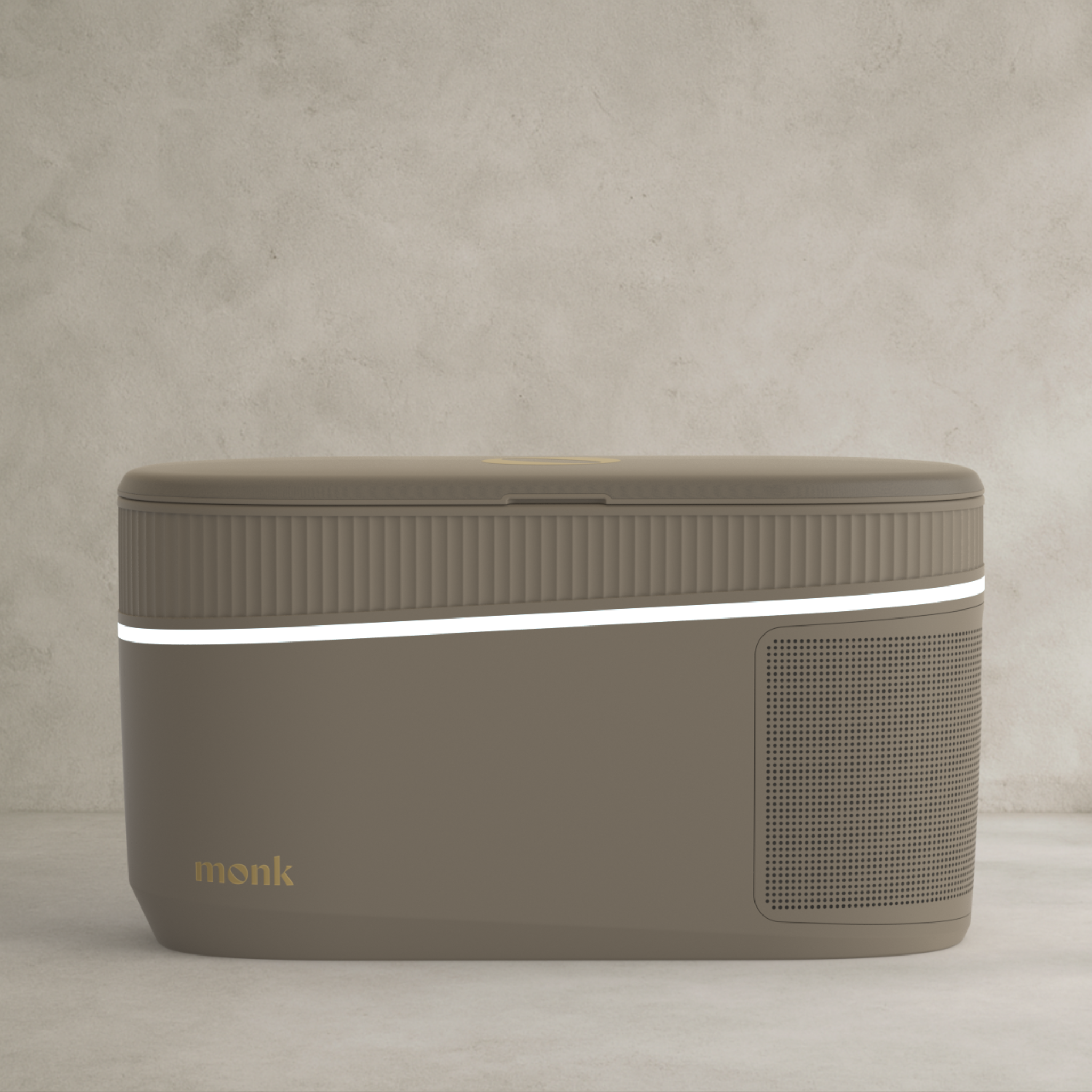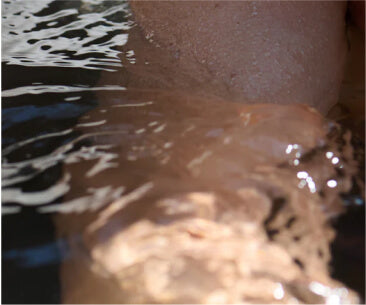Cold Water Therapy for Females: How to sync with your cycle for better health
Newsflash: women aren’t small men! Yet, most research on cold water therapy (or in fact, most research in its entirety) is based on male physiology. Why? The cyclical hormonal changes in a woman’s body are often viewed as too many variables in research, leaving a huge gap in tailored guidance – in this case, sidelining the unique hormonal fluctuations that shape women’s responses to stressors like cold. But here’s the opportunity: by aligning CWT with the phases of the menstrual cycle, women can actually harness these hormonal shifts to optimise recovery, resilience, and overall wellness.
The Highlights
- Follicular Phase (Days 1-14): The first week as you come off your period is great for re-introducing plunges, and the second week is ideal for longer immersions.
- Ovulatory Phase (Days 14-15) This is the time to challenge yourself and plunge colder.
- Early Luteal Phase (Days 16-21): CWT may feel harsher & benefits are less pronounced, this is a good time to start tapering off.
- Late Luteal Phase (Days 22-28): Potentially time to take a break from CWT.
The infradian rhythm and CWT
We’re all familiar with the circadian rhythm – the body’s 24-hour internal clock that governs sleep, temperature, hormone release, appetite, and more in a predictable daily cycle. But women also have a “second clock,” the infradian rhythm, which spans around 28 days and regulates the menstrual cycle. This rhythm doesn’t just affect reproductive health; it has powerful impacts across six major systems in the body, including the brain, metabolism, the immune system, microbiome, stress response, and, of course, the reproductive system.
Unlike the predictable circadian rhythm, the infradian rhythm brings fluctuations that affect energy, resilience, and physiological needs. Interestingly, women’s responses to cold exposure can vary significantly depending on the phase of their menstrual cycle, due to shifts in hormone levels that influence temperature sensitivity, vascular responses, and metabolic effects. Tailoring CWT to these phases can help optimise benefits and avoid unwanted stress on the body.
First, let’s break down the menstrual cycle

Source: Evie
Follicular Phase (Days 1–14): The follicular phase begins with menstruation and extends until ovulation. Particularly in the first week, estrogen levels rise while progesterone remains low, women may feel more energised and resilient, making it a suitable time to gradually reintroduce. Around week two when estrogen levels are higher, the body experiences heightened thermogenesis, meaning it’s more efficient at producing heat and activating brown fat in response to cold exposure. This phase is ideal for longer, slightly colder immersions, as it maximises fat-burning benefits and enhances metabolic effects without overstressing the system. Additionally, improved mood and energy in the latter follicular days make this an excellent time for wellness routines requiring physical and mental endurance.
Ovulatory Phase (Around Days 14–16): As the body prepares for ovulation, estrogen reaches its peak, triggering a surge in luteinising hormone. This peak period is associated with a higher tolerance to cold and typically supports greater energy levels and resilience, making it an optimal time for women to engage in more challenging CWT sessions, if desired.
For anyone suffering from endometriosis, Dr. Stacy Sims recently shared findings from an exciting pilot study with promising results in women with severe endometriosis. For 10 days around ovulation – when endometriosis symptoms typically start to intensify – participants used cold water therapy to dampen the inflammatory response and reduce endometrial hyperplasia. Over the course of three menstrual cycles, symptoms were significantly reduced, with Dr. Sims noting that for many participants, endometriosis had almost become a non-issue.
Early Luteal Phase (Around days 15–21): Following ovulation, progesterone levels begin to rise, while estrogen declines. This shift in hormones can make the body more sensitive to stress, including the cold shock from CWT. With elevated progesterone, blood flow tends to remain closer to the skin, reducing circulation back to the muscles and organs. As a result, cold exposure may feel harsher, and the benefits of CWT may be less pronounced during this phase. At Monk, we recommend minimising or avoiding intense CWT during the early luteal phase to avoid adding unnecessary stress to the body. For those accustomed to CWT who wish to continue, very brief and mild exposures (like cooler showers rather than full immersion) are best. Otherwise, this is an ideal time to focus on more restorative practices such as breathwork and lighter intensity workouts like pilates and yoga.
Late Luteal Phase (Days 22–28): As the luteal phase progresses, both estrogen and progesterone levels decline sharply in preparation for menstruation. This period can bring heightened fatigue, increased stress sensitivity, and mood fluctuations. The cumulative effects of these hormonal changes make cold exposure feel more challenging and potentially counterproductive, as the body may be less capable of handling additional stressors. We typically advise taking a break from CWT during this phase to support the body’s natural rhythm, and resume after hormone levels stabilise again in the next follicular phase. Gentle, restorative practices like stretching, mindfulness, and rest provide better support during this time.
Considerations for menopause and beyond
While post-menopausal women won’t be affected by a menstrual cycle, CWT can offer unique benefits. CWT can be particularly helpful for managing temperature regulation issues that often accompany menopause, like hot flashes and night sweats. Regular, mild cold exposure sessions, including cooler showers or brief cold plunges before bed – have been shown to support thermoregulation, making it easier to manage body temperature. Additionally, cold exposure can improve sleep quality, providing much-needed support for sleep disruptions common in this life stage.
Recent research also supports the positive effects of CWT for women transitioning through perimenopause. A study published in Sage Journals involving 1,114 women showed that cold water swimming significantly alleviated symptoms associated with both menstrual and perimenopausal phases. Among perimenopausal women, CWT was associated with a 46.9% reduction in anxiety, a 34.5% improvement in mood stability, a 31.1% reduction in low mood, and a 30.3% decrease in hot flashes. Similar improvements were noted for menstruating women, with reductions in anxiety, mood swings, and irritability by 46.7%, 37.7%, and 37.6%, respectively.
Read our full blog post on CWT and menopause: a powerful ritual for midlife women.
Want to learn more about the infradian rhythm?
To dive deeper into the fascinating topic of the infradian rhythm, consider this: While we’ve focused on how CWT aligns with this second timekeeper, living in line with your cycle – eating, exercising, working, and socialising – can bring powerful health benefits.
Recognising the infradian rhythm as a unique and essential aspect of female physiology opens the door to more personalised wellness approaches that honour the body’s natural cyclical shifts, and can alleviate common symptoms like acne, bloating, cramps, and irregular or heavy periods, while promoting hormonal balance.
If you’re curious to learn more, here are some of our favourite resources:







